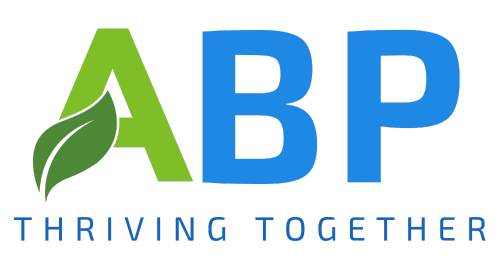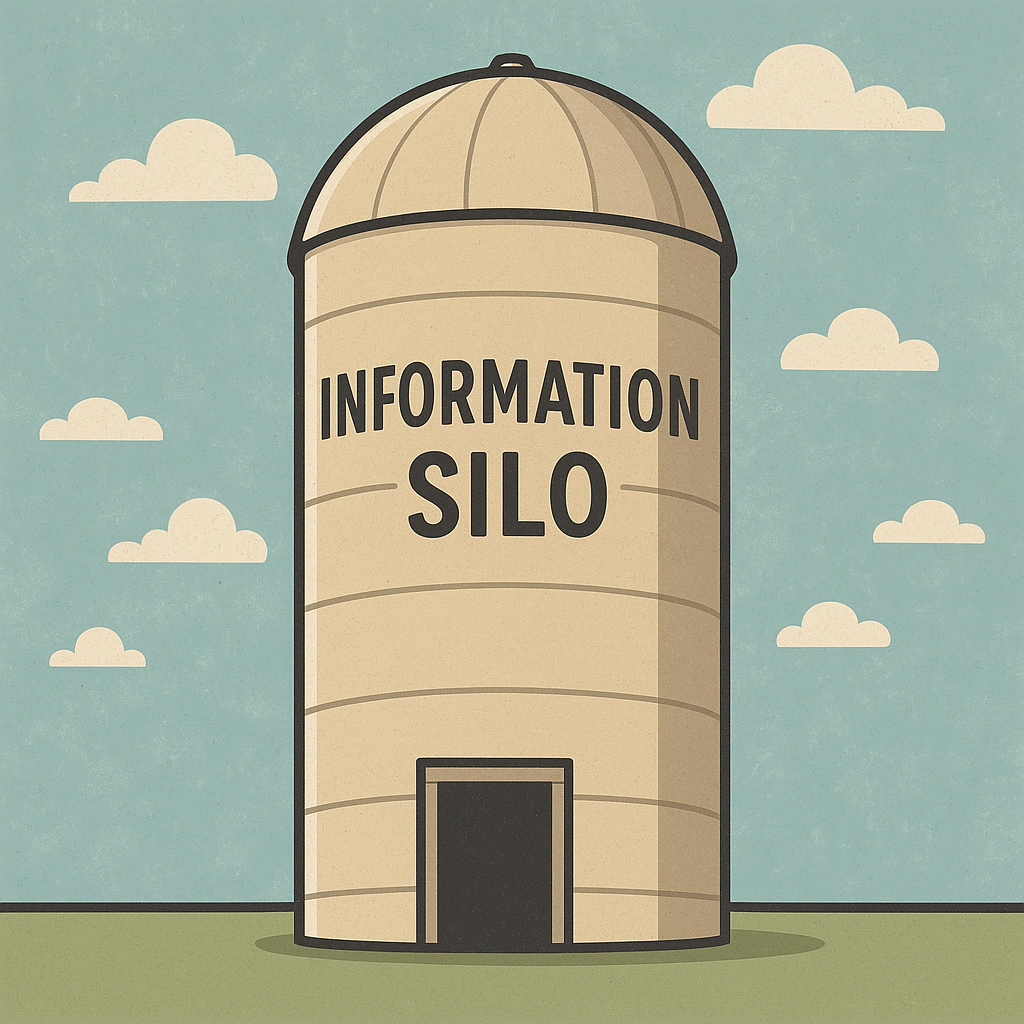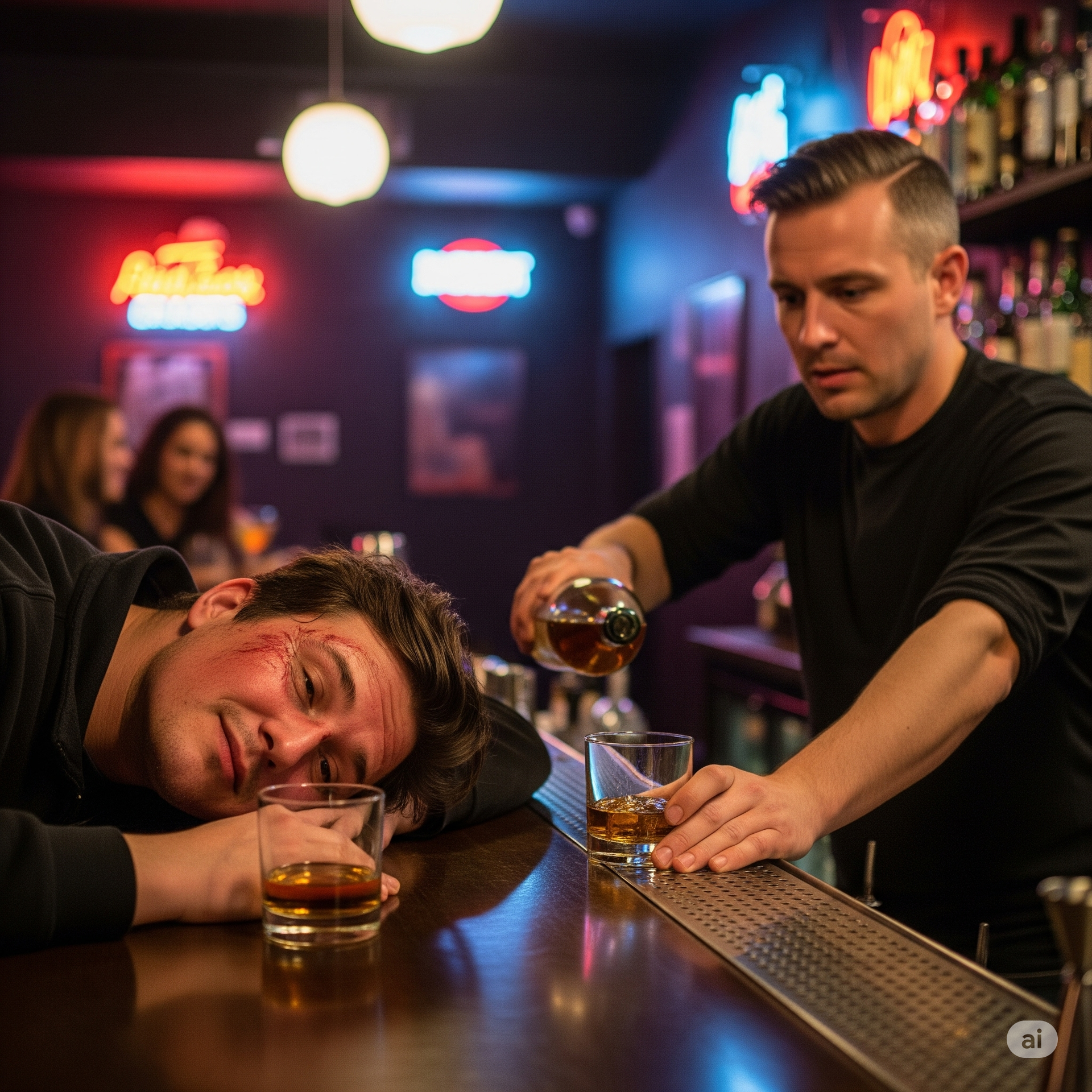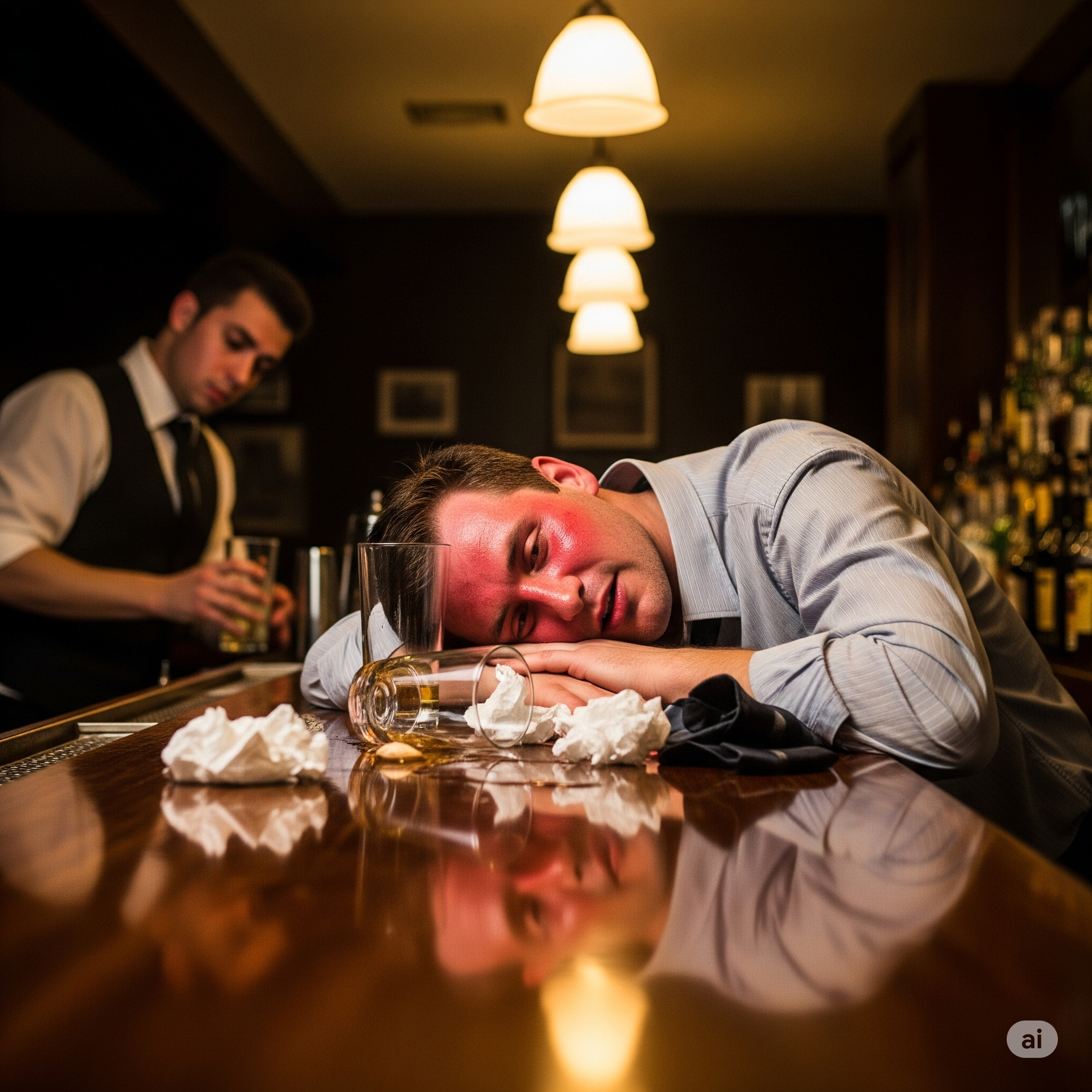How Cities Can Influence Cut-offs at Existing Businesses
(Part of the “Drunk, Drunker, and High-Risk Drunkenness” series)
Recap of Prior Insight
- For every $1 a city spends to reduce intoxication, it saves $260 (Levy & Miller)
- At every step in the process of evaluating and conditioning new alcohol businesses, the city should deliver a consistent message: “Your business future depends upon not serving obviously intoxicated customers.”
- A key condition of approval requires the business to maintain a cut-off log, available for inspection by law enforcement or code enforcement.
- The Best Practices for Nightlife Establishments booklet is a ready reference for city planners, commissioners, and enforcement officers when working with new, existing, or disorderly/otherwise noncompliant businesses.
- Written talking points for city officials connect the city’s conditions of approval to specific alcohol best practices, which improve business viability, protect city resources, and guard public safety.
Short on time? Skip to the recap below!
Introduction
In our last Insight, we explained how cities can guide new alcohol businesses towards responsible alcohol management and making cut-offs happen.
Today’s post focuses on how cities can help existing businesses, especially those with long-standing bad habits, to responsibly manage their business and increase their cut-offs of obviously intoxicated customers.
REDUCING INTOXICATION AT EXISTING BUSINESSES
Nearly all chronic problems with nightlife venues—violence, sexual assaults, neighborhood complaints, and excessive DUIs—can be mitigated by reducing overconsumption, i.e., cutting off customers. Other issues, such as gang activity, drug sales, or nuisances, require different solutions and will be the focus of a future post.
Below are the three steps you can take to influence responsible behavior by your existing businesses. To keep costs down, start with the one or two establishments that are causing the most problems. These are usually your high-volume, late-night venues.
Step 1: Prepare to meet with the business
- Review the business’s record of calls for service.
- Consult code enforcement about the business’s compliance and any complaints from neighbors.
- Have law enforcement meet with the ABC district office to review the licensee’s file, which includes information on the applicant, the premises (planned operation/diagram), police reports, and any disciplinary matters.
- Review the business’s conditional use permit and entertainment permit, if applicable.
- Examine the venue’s online presence for risky promotions, images of intoxication, or gang symbolism.
- Review your Best Practices for Nightlife Establishments booklet. Pinpoint the specific best practices that will help resolve the problems exhibited by the business.
- Develop your written talking points from the bulleted list under Step 2, below.
Step 2: Meet with the business
Include ownership, as appropriate, management, and the security lead.
During the meeting, discuss the following:
- The mutual goal is to reduce problems, protect public safety, and make the business more viable.
- Your key business performance concerns
- The fact that most calls for service relate to over-intoxication
- Any risky drink promotions or marketing tactics
- Security Best Practices can help mitigate problems.
- A gatekeeper mindset at the entrance to prevent those people who are already intoxicated or behaving unruly from entering.
- A policy of banning violent or habitually drunk customers
- Early, friendly engagement with customers who are behaving in a concerning manner. Do not wait until the customer gets more unruly and more intoxicated.
- Since most business problems stem from intoxicated patrons, focus on the best practices that reduce drunkenness.
- Eliminate overpouring of spirits by following profitable pouring practices, which reduce intoxication and related issues while increasing profits.
- Cut off obviously intoxicated customers.
- Ask:
- How many customers are typically cut off on a busy night?
- Are cut-offs documented?
- Does management review cut-off logs to ensure cut-offs are done regularly?
- Does the business want law enforcement officers to review logs to ensure cut-offs are occurring?
- A cut-off specialist that the staff can turn to do cut-offs; someone who has the people and temperament skills to manage the responsibilities. When staff can turn to others to perform cut-offs, the cut-offs skyrocket.
- Review the other practices shared under "Ten Best Practices to Reduce Overconsumption" in the Best Practices for Nightlife Establishments booklet.
- Serving obviously intoxicated customers is illegal and enforceable by ABC and local law enforcement.
- Enhanced bar checks (EBCs) raise staff awareness about cutting off intoxicated customers.
- Ultimately, the business needs to benefit all stakeholders. Otherwise, the city will be required to pursue remedial actions.
Before ending the meeting, schedule a follow-up in 30–45 days to review progress.
Step 3: Conduct enhanced bar checks
An enhanced bar check (EBC) involves a team of law enforcement officers walking through a licensed premises with the establishment’s manager on duty. Unlike a typical bar check, which is enforcement-oriented and has no specific focus, an EBC is prevention and education-oriented, focusing on spotting overserved customers.
EBCs help management and staff to stay in compliance with the law against serving alcohol to obviously intoxicated customers. EBCs should significantly reduce the number of customers who reach high-risk levels of intoxication, .15 percent BAC or higher.
Typical EBC sequence:
- Upon arrival, officers request to speak with the manager on duty
- Explain the purpose of the visit: to check for overserved customers and support responsible service.
- Conduct a walk-through with the manager, looking for:
- Intoxicated customers who are being served
- Presence of obviously intoxicated individuals
- After the walk-through, officers review the cut-off log, if your city requires cut-off logs.
- Is it being maintained?
- Are incidents accurately logged?
- Share observations and positive feedback with management.
- Remind management that repeated overserving could lead to undercover investigations by ABC or local law enforcement.
- Reference any known examples of ABC violations for overservice.
- Thank the manager for cooperating with law enforcement.
After a few EBCs, most managers begin conducting self-checks, walking through their venue proactively, to identify intoxicated patrons.
Naturally, EBCs have more impact when businesses know that laws against overserving are actively enforced.
As improvements take hold, extend this process to other high-risk venues (e.g., high volume, late night).
FINAL RECAP
- Chronic alcohol-related problems, such as violence, DUIs, and neighborhood disruption, are largely preventable by reducing overconsumption.
- There are three proactive steps cities can take to effectively change the behavior of existing businesses, especially those with long-standing bad habits.
Step 1: Prepare to meet with the business by obtaining performance data and developing your written talking points.
Step 2: Meet with the business to share performance data. Connect any issues to proven solutions. Emphasize the link between intoxication and calls for service. Review the ten "Best Practices to Reduce Overconsumption" in the Best Practices for Nightlife Establishments Booklet. Recommend and review cut-off logs to encourage accountability. Schedule a follow-up in 30-45 days to review progress.
Step 3: Use enhanced bar checks to reinforce the city’s expectations, build trust, and strengthen partnerships. Where possible, reference case examples of enforcement to underscore accountability.
- As improvements take hold, extend this 3-step process to other high-risk venues in the city.
Coming Up In This Series
- Information Siloing
- Business Best Practices to Reduce High-Risk Intoxication (Part 1)
- Business Best Practices to Reduce High-Risk Intoxication (Part 2)
- Press Release from Governor Newsom (imagined)









